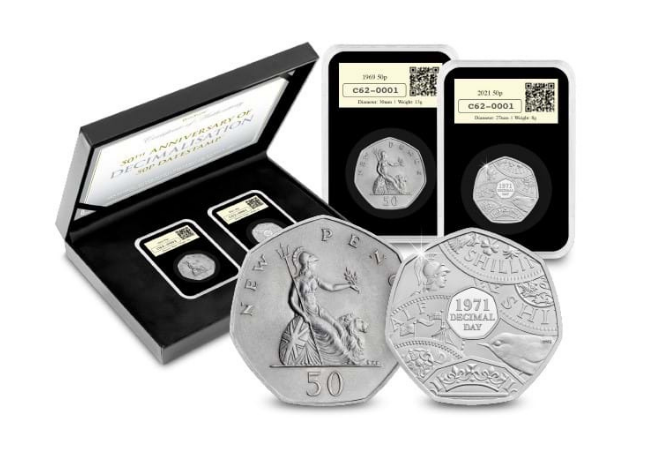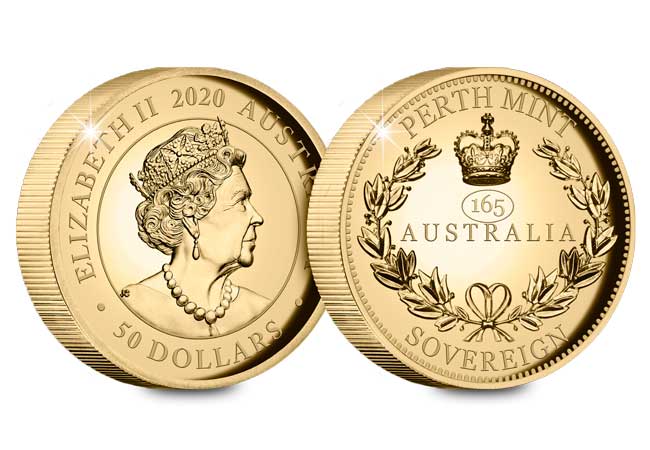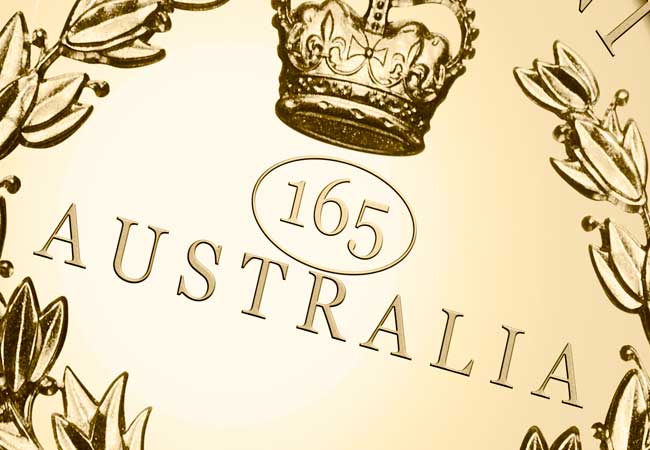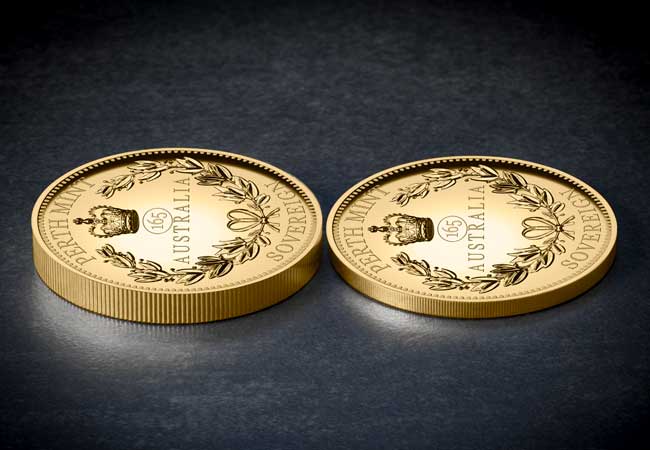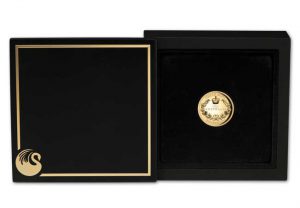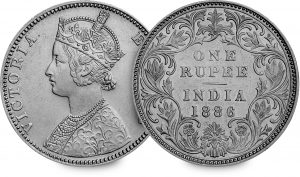Posts Tagged ‘Australian Coins’
The countries that went Decimal long before the UK…
On 14th February 1971, the country went to bed with one currency, and woke with another. The following day, 15th February 1971, Britain went decimal. And this year marks the 50th anniversary of this monumental change.
The UK has been at the forefront of iconic and innovative coin designs throughout history. From King Edward III’s first gold coin which was introduced to the UK in 1344, to the experimental and iconic new designs seen on The Royal Mint’s latest issues.
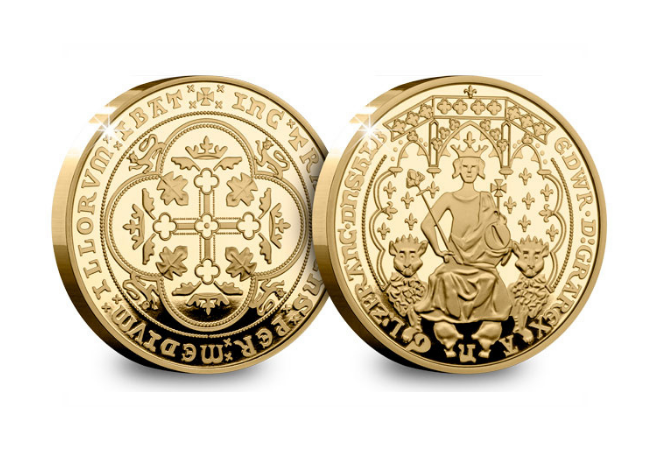
But the UK wasn’t the first country to go decimal. In fact, it was rather slow in its conversion and was one of the last countries in the world to go decimal. And the growing pressure of a world around it changing to Decimal currency would eventually push the UK to make the switch…
Who was the first?
Russia is considered the first country to go decimal, as under Tsar Peter the Great, the Russian Ruble was introduced with a sub-division of 100 Kopeks. It wasn’t until almost 100 years later in 1794 that France followed suit with the Franc, and the Netherlands was the third European country to go decimal in 1817 with the Dutch Guilder. Impressively, there are now only two countries in the world that are still using non-decimal currency – Madagascar and Mauritania (and interestingly both countries’ currencies are sub-divided into units of 5).
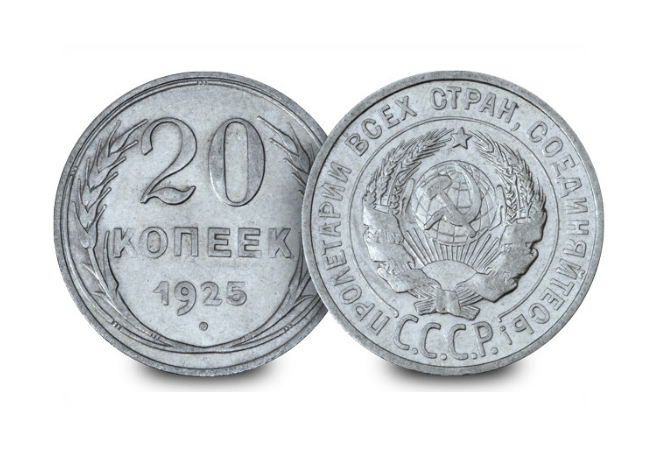
What about the Commonwealth?
By the 1960s, half the world had gone decimal and a number of Commonwealth countries had also made the switch to a decimal currency. Australia, New Zealand, and South Africa all turned to decimal throughout the 1960s giving rise to a powerful decimalisation movement in the UK. As the world around it converted to a modern decimal currency, it seemed inevitable that the UK would soon have to follow suit.
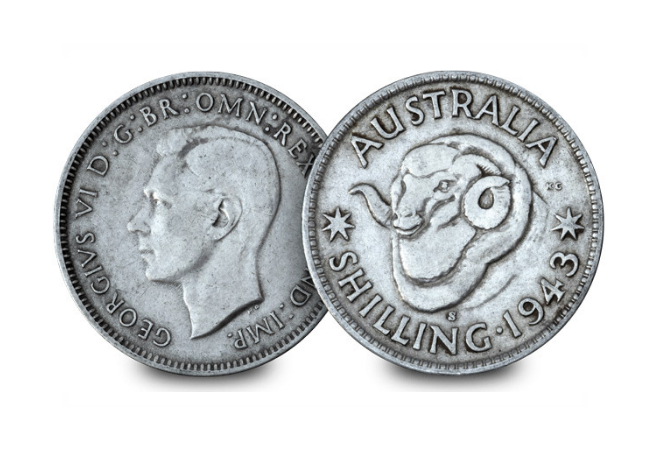
By the time the UK eventually got to Decimal Day, the majority of the world had already made the switch. That includes the likes of the US, Greece, Spain, Switzerland, The Philippines, Nova Scotia, Bolivia, China, Brazil, Jamaica, Fiji, and many more.
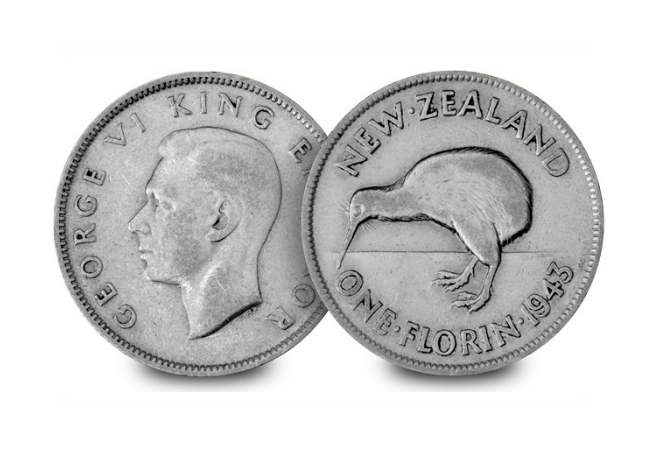
When D-Day finally came…
When Decimal Day finally arrived in 1971, many countries around the world had long since made the switch. For the UK, although the wheels had been set in motion with the introduction of the Florin 120 years prior, it wasn’t until 1968 that decimal coins officially circulated. The 10p and 5p coins were issued alongside their pre-decimal siblings, the Florin and Shilling, for almost 3 years before Decimal Day. Importantly, the first 50p coin entered our circulation in 1969, ultimately becoming the collector’s staple denomination. Fittingly, it is also the denomination that The Royal Mint have chosen to commemorate the 50th anniversary of Decimalisation this year.
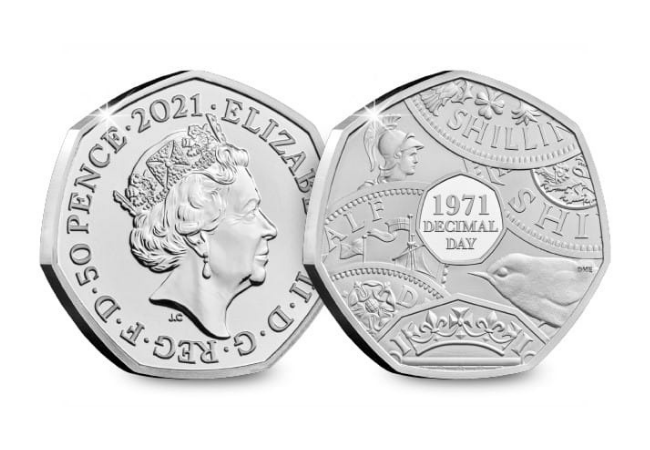
These early introductions helped the public warm to decimalisation and after seeing the world around them change. 15th February 1971 marked a long foreseen, yet inevitable event for the public – the biggest for UK coinage in over a thousand years! It altered the lives of everyone in the UK, remember these were the days before bank cards, and people had to learn a whole new currency! It is certainly an important moment in the history books.
If you’re interested: A NEW DateStamp™ has been authorised!
An original UK 1969 50p coin has been paired alongside a BRAND NEW 2021 UK 50th Anniversary of Decimalisation BU 50p to mark the upcoming 50th anniversary. Each will be officially postmarked by Royal Mail on the day, preserving your coins in a moment in time. Just 2,021 50th Anniversary of Decimalisation 50p DateStamp™ pairs have been authorised, act NOW to pre-order yours.
The most collectable Sovereign yet – Australia’s FIRST ever Piedfort Sovereign
The Gold Sovereign is undoubtedly one of the most famous gold coins in the world. It’s a classic piece of coinage that is coveted the world over and is highly sought after every year by thousands of collectors.
But have you heard of a Piedfort Sovereign? They’re incredibly rare and are some of the most highly sought-after issues I’ve ever seen – demand for the first UK Piedfort Sovereign was so high that it sold out within 24 hours!
Now, in its 165th year, the Perth Mint has created numismatic history by releasing the first ever Australian Piedfort Sovereign.
Crucially, there are three key reasons why this limited edition coin is set to be the most collectable and sought-after Sovereign ever issued…
1. It’s a piece of numismatic history
The Australian Sovereign is as close to a well-kept coin secret as you’re going to find. It’s been struck every year since 1855 to the same exact specification as the UK Sovereign.
Importantly, this is the very first time the Australian Sovereign has been struck to a Piedfort specification. This makes it a significant piece of numismatic history, as it is the first-of-its-kind to ever be struck.
But it’s not only the Piedfort specification that makes this coin historically significant. The classic Australian Sovereign design features a special one-year-only “165” privy mark, to mark the 165th anniversary of the first Australian Sovereign. The Sovereign is the ‘King of Coins’ so this superior issue couldn’t be a more fitting tribute.
These two facts alone make this issue incredibly desirable and will make it a priority for collectors in the future.
2. Superior, highly collectable specification
In the 12th century Piedforts were considered prestige pieces and ownership was often used to signify a person’s wealth and power. Today, Piedforts continue to be limited issues and striking of such pieces is reserved strictly for the most important events.
Struck on double thickness blanks, Piedforts are twice the weight and contain twice the amount of precious metal as their standard coin counterparts. They’re some of the finest examples of coin craftsmanship you’ll ever see.
What’s more, they have tiny edition limits and consequently fast sell-out rates. This makes them some of the most collectable coins around.
3. Sell-out all but guaranteed
I saved the most significant point for last. You see, when the very first UK Piedfort Sovereign was released in 2017, with an edition limit of 3,500, it completely sold out within 24 hours at the Mint.
Compare this to the very first Australian Piedfort Sovereign, with a worldwide edition limit of 350 coins. Yes, you read that correctly, JUST 350 single Australian Piedfort Sovereigns have been issued – that’s a mere TENTH of the number of UK Piedfort Sovereigns that sold out in 24 hours.
The high demand of Piedfort Sovereigns suggests that we are looking at a record-breaking sell-out.
If you’re interested…
As official Perth Mint distributors we have been fortunate to secure a limited number of these limited edition Sovereigns for UK collectors. Just 350 have been issued worldwide, making it ten times rarer than the first ever UK Piedfort Sovereign that sold out within 24 hours of release.
Considering that this coin is a numismatic ‘first’ very few will make their way out of Australia, meaning your chances of owning one are very limited. Don’t hesitate, click here for more information >>
How a young queen saw the world without leaving Europe…
Despite ruling over 400 million people in an empire that covered almost a quarter of the world’s surface, Queen Victoria had never set foot in many of the countries that she ruled over.
For many of those people, the only way to catch a glimpse of their empress was by looking at the portraits on the coins that passed through their hands every day. These coins formed a vital connection between people, even though they may have lived on opposite sides of the world and experienced very different lives.
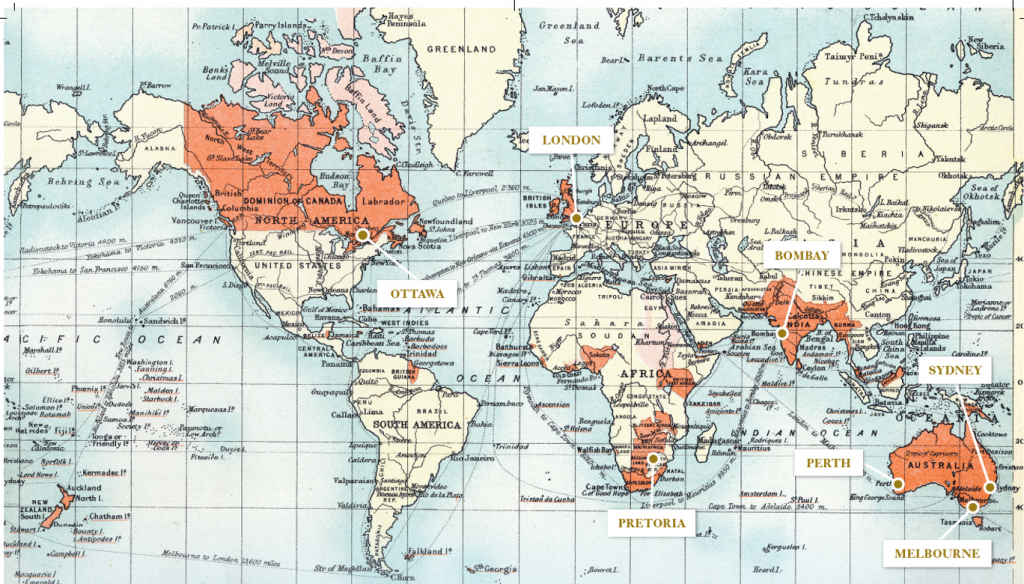
India became known as the Jewel in the Empire’s crown, and was so important to Victoria that she was awarded the title of the “Empress of India” in 1876. Although she never stepped foot in the subcontinent, the currency of India (the rupee) was minted with her portrait on from 1840, so people could recognise their empress despite living 4,500 miles away!
The rupee is one of the oldest currencies in the world, so to feature a British monarch for the first time was an important moment in numismatic history. The later portrait issued on rupees was similar to the Gothic Head effigy can be considered one of the most beautiful coins of the empire.
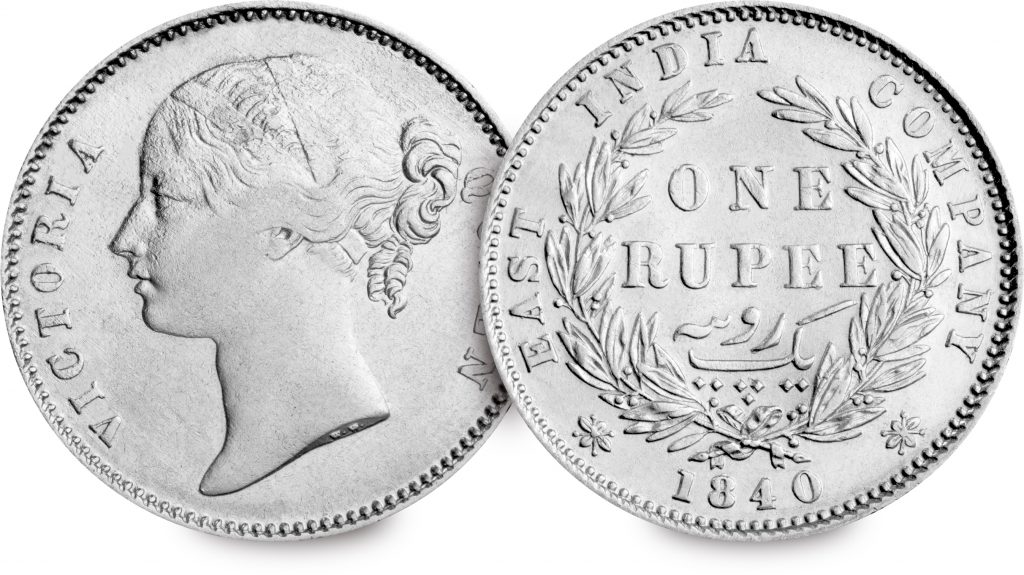
1840 Indian Rupee 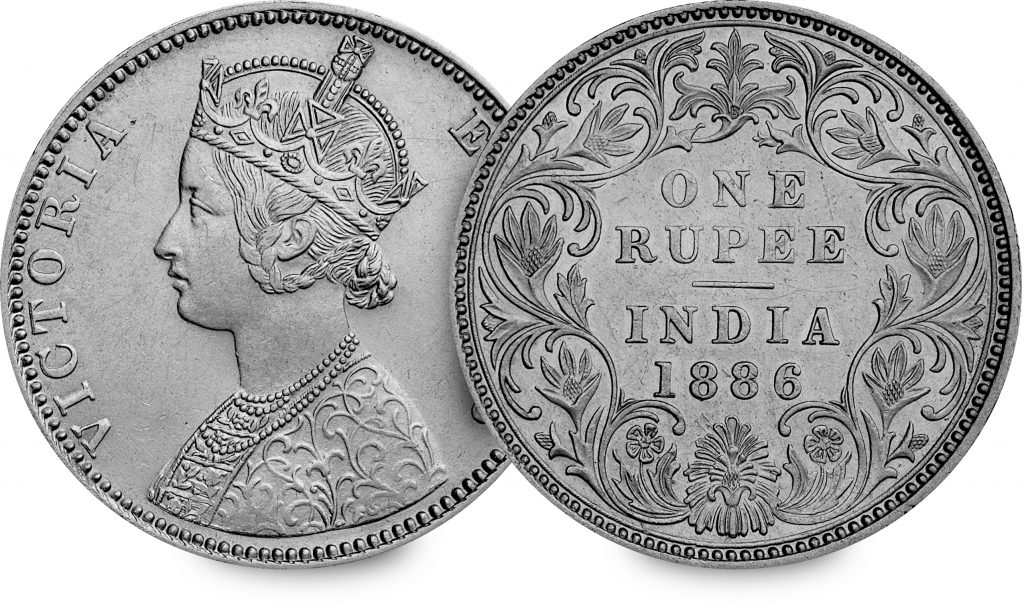
1886 Indian Rupee
Another numismatic first took place in Australia in 1855, one more country that Victoria never visited (which is hardly surprising as it would have taken her almost two months to get there!). As the empire grew, so did the need for coins and the Royal Mint opened branches in Australia to mint sovereigns for the empire. In 1855 the first ever sovereign to be minted outside of the UK, the Sydney sovereign, was issued. It featured a portrait of Victoria that was based on the Young Head effigy, but with a sprig of banksia weaved through Victoria’s hair, giving the portrait a distinct Australian feel.
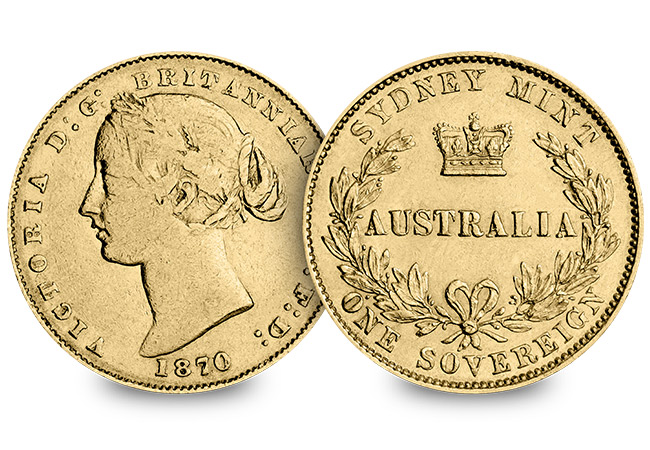
A number of Royal Mint branches were opened throughout Australia after the success of the Sydney sovereign. To identify the mint that sovereigns were produced in, mintmarks were added to the coins, with a small ‘P’ for Perth, and an ‘M’ for Melbourne. The sovereign became legal tender in the majority of British colonies in the 1860s, and its importance in British trade, and worldwide circulation earned it the title “the King of Coins”. By the final years of the British Empire, the sovereign was minted in four continents across the globe.
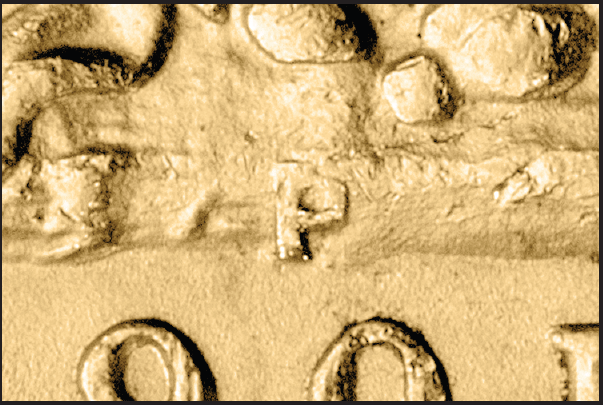
‘P’ Mintmark for sovereigns minted in Perth 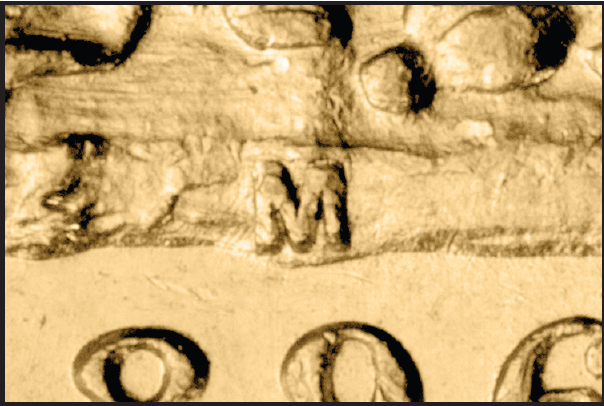
‘M’ Mintmark for sovereigns minted in Melbourne
India and Australia weren’t the only countries that saw Victoria’s portrait. Her image also reached as far as Hong Kong, Ceylon, East Africa and New Zealand. In 1870 the first Canadian dollar with Victoria’s portrait was issued, taking Victoria’s image to a new side of the world for people to see.
Victoria never left Europe, but her portrait and image stood strong on coins around the world. Whilst she never stepped foot in many of the countries that she ruled over, that didn’t stop people recognising her image around the world. The coins that they used every day provided a link to the empire that they were a part of, despite the miles between them.
If you’re interested
You can now own a genuine Victorian Silver Rupee, minted over 4,500 miles away! Click here for more info>>>>

